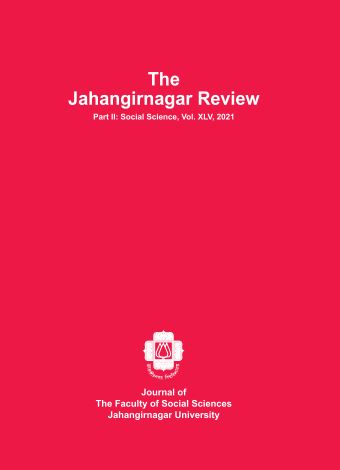Altitudinal distribution and spatial pattern of species richness of the high mountain flora: A case study on Ladakh (Himalaya)
Main Article Content
Abstract
Species diversity is a well-documented resource in biodiversity, but its spatial pattern for remote areas like Ladakh is lacking. We estimated species profiles for all growth forms applying published data on the floristic and elevational distribution of vascular plants in Ladakh and converted them to the spatial distribution of species richness. The spatial distribution of species richness has been quantified according to 100 m a.s.l. and visualised by the SAGA software. We found the highest species diversity and the peak of all growth forms at around 3000 m a.s.l. The heights of species richness curves shift upward along the elevational gradient in the order of epiphytes/lianas – trees – graminoids – shrubs – herbs. The humped patterns of species richness found in Ladakh are consistent with findings from previous Himalayan mountain studies. Further research and fine-scale local data can facilitate the evolutionary issues and conservation purposes of flora in Ladakh.

